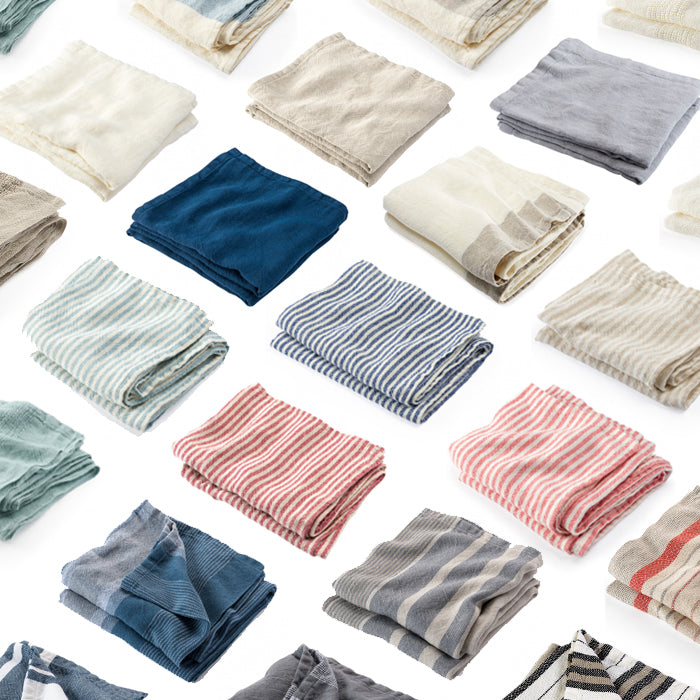What's So Special About Linen?
Posted on September 05 2019

People have been weaving, wearing, trading, and sleeping in linen for millennia. Archaeologists discovered fragments of dyed flax fibers in a cave in the Republic of Georgia that date from 36,000 years ago, and flax was first domesticated for the production of linen in Mesopotamia some time after that.
The earliest records of an established linen industry date from 4000 years ago in ancient Egypt, where it was famously used to wrap the mummies of pharaohs, some of whose preserved bodies have survived nearly intact through the present day - perhaps partly because of linen's natural antimicrobial properties.
Linen was considered so valuable in Egypt that was even used as currency at one point. Until relatively recently, some banknotes were still being printed on linen, which surpasses all other natural fibers in strength and durability.
From the time of the ancient Egyptians, linen has been a luxurious fabric. Traditionally it is more costly and prestigious than other natural fibers like cotton and hemp because the production process is so much more time consuming and labor intensive.
The flax plants must be carefully and completely pulled from the ground in their entirety to maintain the full length of their fibers, after which the plants are left in a field to soften, so that the fibers can be more easily separated. They are then collected, rolled and stored for two to three months for further softening, before being finally ready to be twisted, spun, and woven into the dynamic fabric we know and love.
What are the benefits of linen?
Linen is not only the strongest of all natural fibers, but wonderfully, it improves with time, getting stronger and softer as it is washed and used. It is completely machine washable, but to preserve the softness, please tumble-dry on low, being careful not to overheat the fibers. Like wool, the natural oils in high-quality linen naturally repel stains, making it unnecessary to launder frequently.
Linen fibers are hollow, allowing air to flow easily, so that your body can breathe. Its inherent wicking properties make it perfect for both summer and winter sleeping, as air and moisture circulate easily to keep you cool when it's warm, and cozy and insulated when it's not.
Linen is also perfect for towels because it it highly absorbent, gaining up to 20% of its dry weight in moisture without feeling damp to touch. It wicks the water away from your skin and leaves you completely dry and cool.
Linen doesn't cling or attract static electricity - not even in the winter when wool blankets abound. It also naturally repels pesky household insects like moths and carpet beetles.
A natural fiber with a lower environmental impact than cotton, linen is made from the stalks of flax plants, a resilient species that can grow in poor soils requiring very little, if any, fertilizer. This makes it easy and more cost-effective to grow organically. The linen production process uses significantly less water than growing cotton, and as almost all of the flax plant can be used, specifically for flax seeds and oil, there is very little wastage of the plants.
We are very excited about our new selection of linen blankets and towels and linen and cotton blend blankets. Woven in the USA on restored turn-of the-century industrial looms, we hope they will become both current favorites and coveted family heirlooms in your home, as they are in ours.
See our entire collection of blankets and bedding here.


